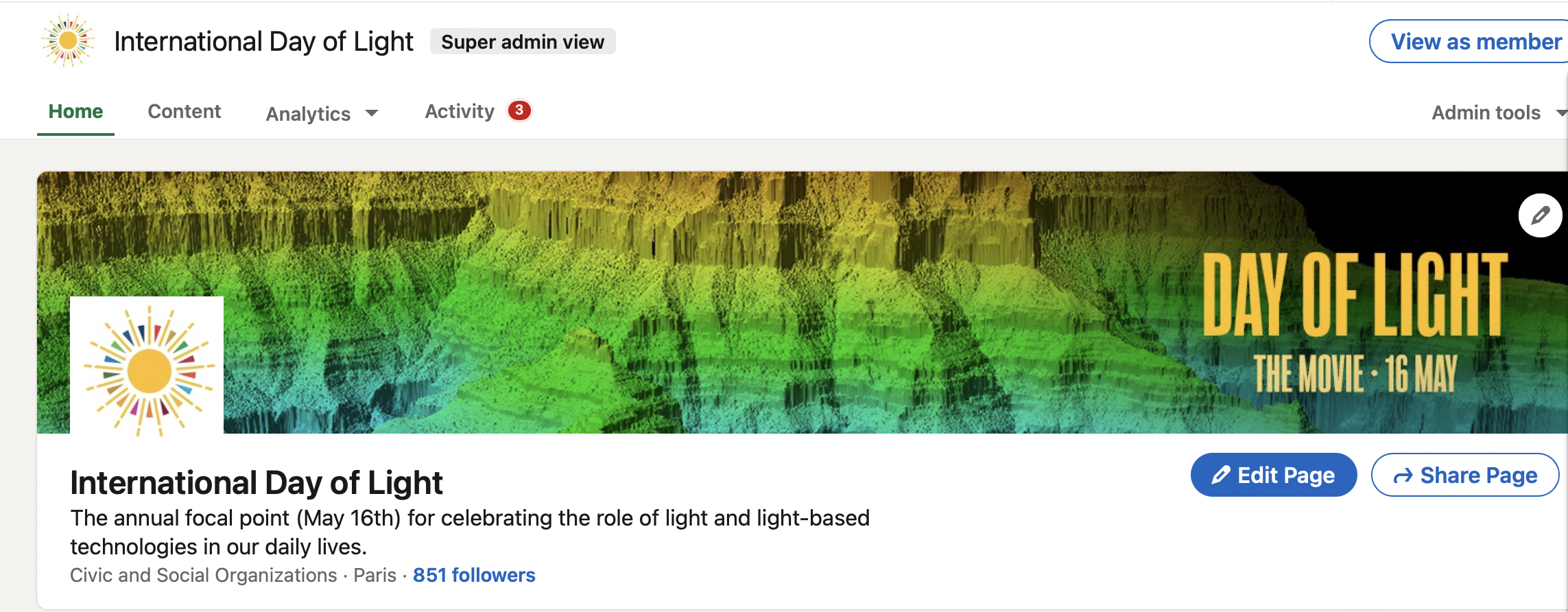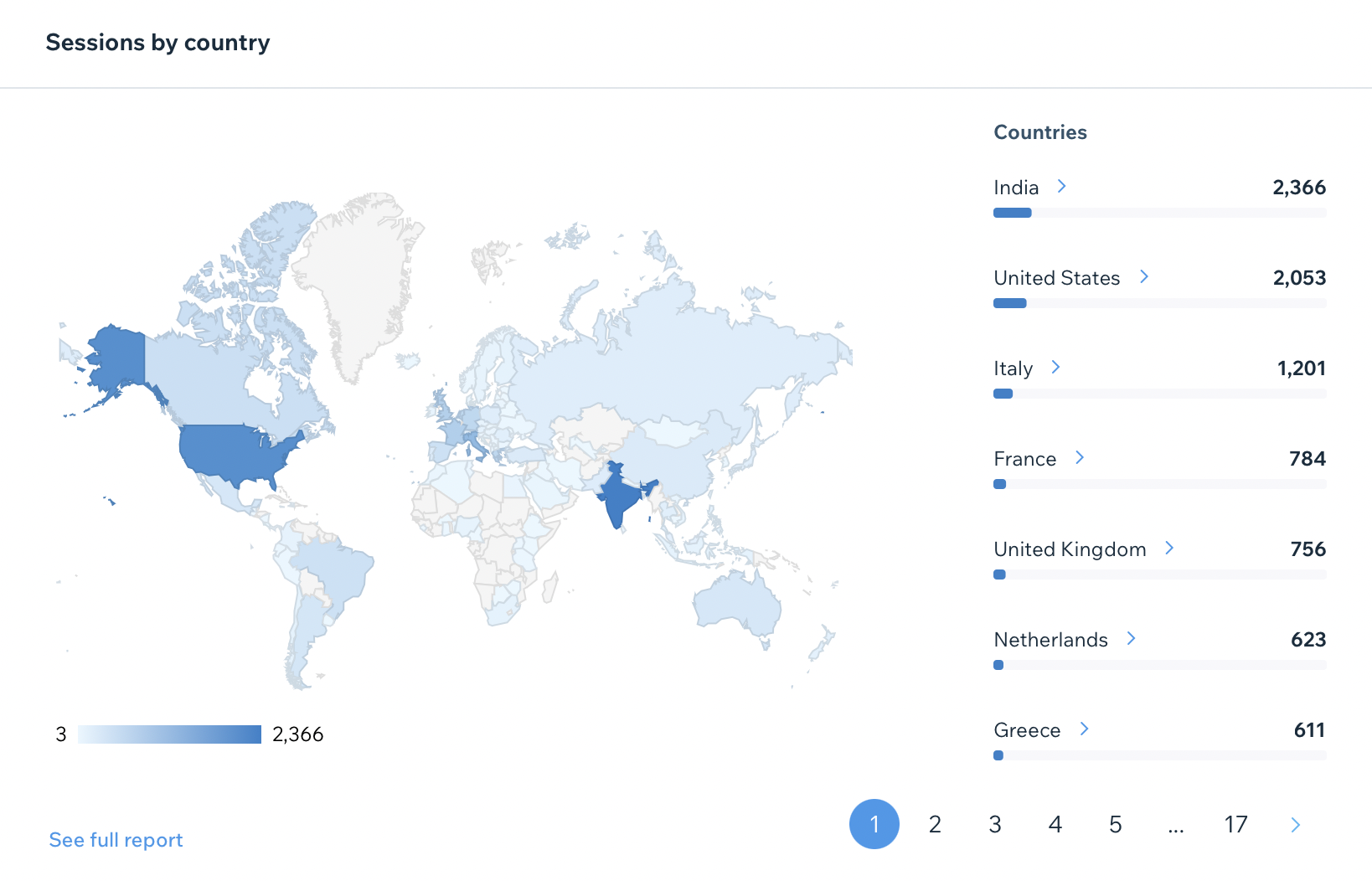The International Day of Light
- An annual UNESCO observance to raise global awareness of the importance of light science for sustainable development and the role it plays in science, culture and art, education, in fields as diverse as medicine, communications, and energy.
- The broad theme of light will allow many different sectors of society worldwide to participate in activities that demonstrates how science, technology, art and culture can help achieve the goals of UNESCO – education, equality, and peace.

- The fact that we are able to celebrate an annual International Day of Light is thanks to more than ten years of work by hundreds (thousands) of volunteers.
- Previous experience from the teams behind the International Year of Physics in 2005 and the International Year of Astronomy in 2009 was very helpful in getting started.

International Year of Light and Light-based Technologies 2015
- For more than a decade, OSA, SPIE, the IEEE Photonics Society, ICO and many other partners have worked with the United Nations Educational and Scientific Organization (UNESCO) to raise awareness of the importance of science for sustainable development through formal international observances.
- This work began in 2009 with the construction of a multi-sectoral partnership that ultimately led to the proclamation of the year 2015 as the United Nations International Year of Light and Light-based Technologies (IYL2015). [1]
[1] The International Year of Light and Light-based Technologies Final Report. J. Rivero, J. M. Dudley, K. Plenkovich, J. Niemela (Eds) SPIE, Bellingham (2015).

Why May 16?
- Following the success of IYL2015 with more than 13000 events worldwide, UNESCO searched for an enduring follow-up, and the IYL2015 partnership developed the concept of an annual International Day of Light, to be celebrated on May 16, the anniversary of the first operation of the laser in 1960 by physicist and engineer, Theodore Maiman.
- The International Day of Light was proclaimed at the 2017 UNESCO General Conference, and the four celebrations held since 2018 have reached a global audience estimated at over a million, with more than 1500 events taking place in over 70 countries.
International Day Light - The International Day of Light now provides an enduring annual opportunity to reach new audiences. Moreover, the crosscutting theme of light allows us to engage with many different sectors and to focus on science communication in its general sense.
- In planning and implementing International Day of Light events, we can reach out to new scientific disciplines and communities, and the association with UNESCO reminds us of our societal responsibilities as scientists and educators to communicate to as broad an audience as possible.

- The International Day of Light is administered from the International Basic Science Programme (IBSP) of UNESCO by a Steering Committee that includes representatives from a broad range of international partners.
- IDL is funded through Crowdfunding finances and in-kind contributions from global partners. Volunteer commitment is the core of the success of IDL.
-
The day-to-day organization in 2022 used a distributed secretariat consisting of:
John Dudley
Overall coordination (Volunteer)
Joseph Niemela
Liaison with UNESCO & sponsorship (UNESCO, ICTP)(Volunteer)Geethu Paulose
IDL2022 Communications Coordinator (Astronomy & Society Group, Leiden University)Tasha Chicovsky
Partner coordination & sponsorship, design (SPIE)John Taylor
International Campaign Liaison (OSA)Lightsources & EPS
Web hosting & Website technical issues
IDL on Social Media

Twitter @IDLofficial

Facebook
@InternationalDayOfLight

Linkedin
International Day Of Light

Instagram
@dayoflight2022

















